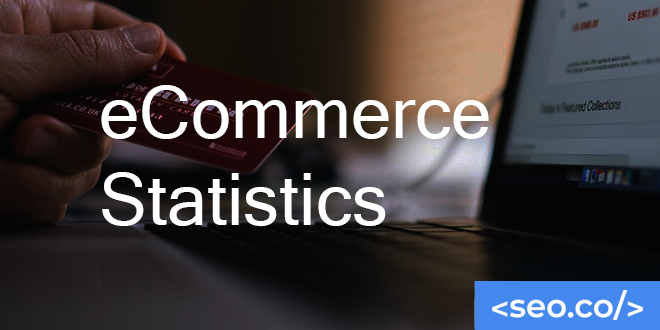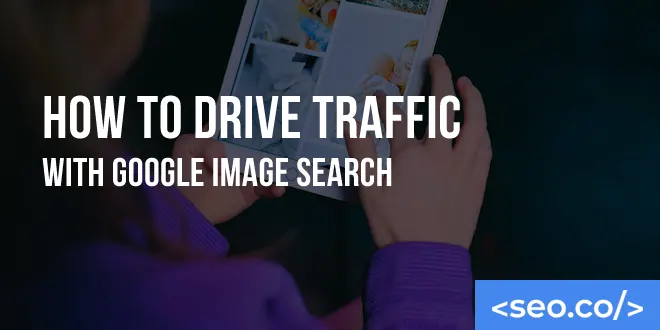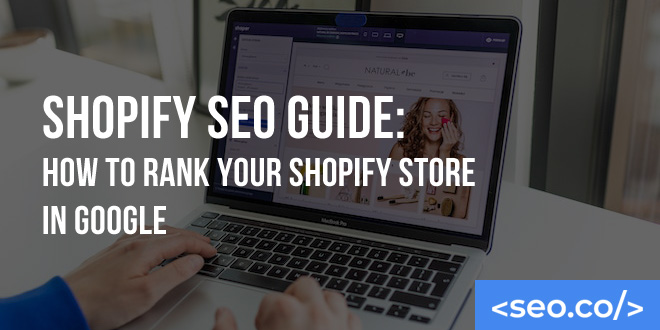
20+ eCommerce Industry Statistics in 7 Charts
Every year, more time-strapped consumers are lured by the convenience and low prices offered by online retailers. The global pandemic has only escalated the rise of retail eCommerce sales around the globe. What follows are recent eCommerce statistics, outlined a few charts. eCommerce at a Glance 2021 total eCommerce sales are expected in the United States are estimated at $933.3B (eMarketer) The annual growth rate of eCommerce continues to reach double digits at 14.4% (IBIS) The total profitability of the industry remains fixed at roughly 4% of overall eCommerce sales eCommerce share of overall Online retail sales continues to grow and is estimated at 15% in 2021 (Statista) Based on data sourced from the US Census and Statista, an estimated 20% of total retail sales will be shop online this year compared with 7.6% a mere five years prior, making the eCommerce industry one of the fastest-growing industries in the United States. Amazon is the Undisputed Whale Amazon’s share of the overall pie continues to grow: Total Amazon’s share of overall eCommerce is up to roughly 40% of total shop online and their online sales, with Walmart lagging behind at 7% eCommerce Revenue Outlook Historical and expected growth of e-commerce remains strong. eCommerce Products & Services Mix The share of online merchandise across all channels has remained steady over the last few years: Computer Hardware: 18.4% Clothing, Footwear & Accessories: 18.2% Furniture and Home Appliances: 9.1% Medication and Cosmetics: 7.8% Sporting Goods, Toys, Games & Hobby Items: 7.2% Food, Beverage and Alcohol: 2.3% Office Equipment & Supplies: 5.5% Other Merchandise: 31.5% Additional eCommerce Industry & Growth Stats Accelerated by higher levels of disposable income and consumers’ growing propensity to conduct services online, industry revenue is expected to rise by a considerable 12.2% per year on average during the last five years. Moreover, the low startup costs associated with launching an online store have facilitated strong enterprise growth during the period, with the number of industry operators anticipated to rise 18.4% per year on average to 176,505 companies. Consumers are increasingly leveraging their mobile internet connections to online purchases items on the go, enhancing the ease and convenience of online shopping. According to Criteo’s latest State of Mobile Commerce study, nearly 30.0% of Online shoppers’ e-commerce transactions are now mobile Online shopping. The percentage of Online shoppers services conducted online Shopping or shopping online is expected to rise from 8.2% in 2010 to 10.7% Growth in this relatively new industry has coincided with the increasing ubiquity of internet access. The costs of obtaining an internet connection and a computer or mobile devices have declined considerably over the past decade, making it more affordable for consumers to connect to the internet. Wages are expected to account for a mere 5.4% of industry revenue, reflecting a 12.4% increase over the five-year period and staying constant as a share of the revenue. The looming threat of regulation may hamper sales, and heightened competition is projected to slow profit growth in the coming years. eCommerce SEO Here at SEO.co, we have deep expertise in eCommerce SEO, working with clients on both Amazon search optimization as well as Shopify and BigCommerce SEO. How can we work with you on your next global eCommerce business or your eCommerce businesses and campaign? Citations: Carter, Britanny (2025). IBISWorld Industry Report 45411a. E-Commerce & Online Auctions in the US.







